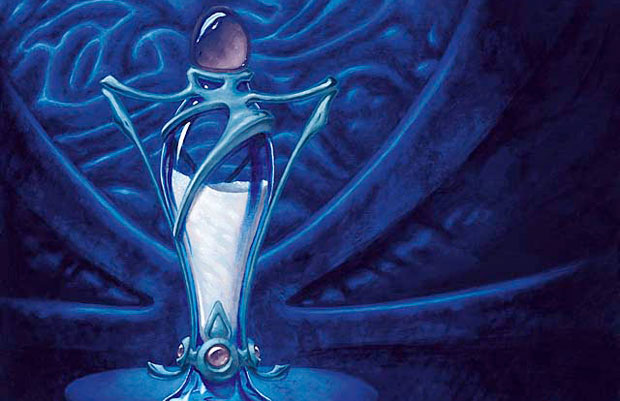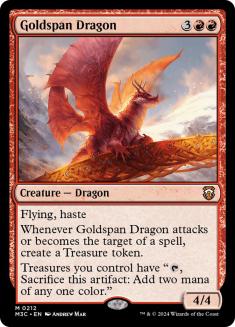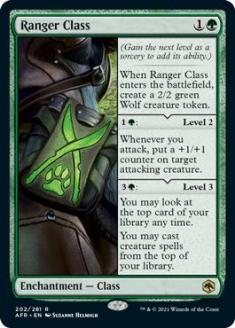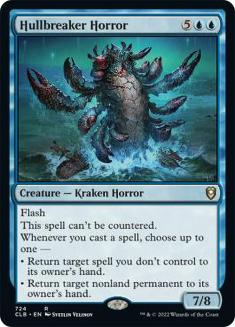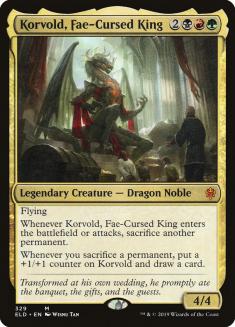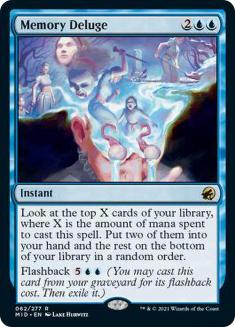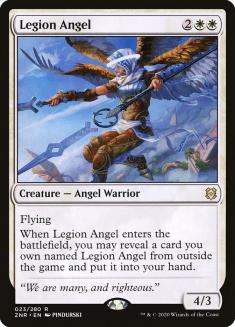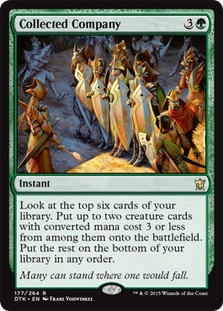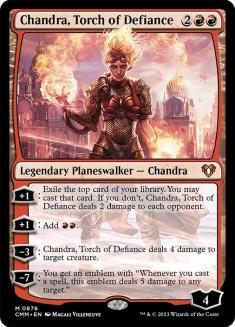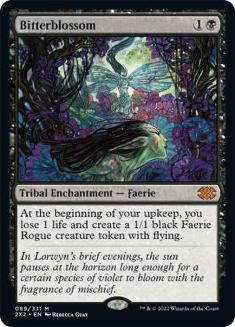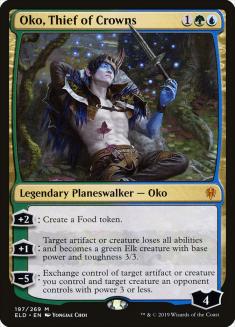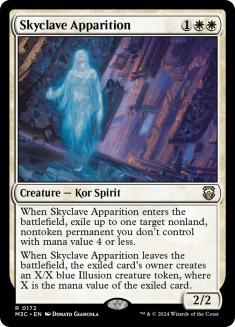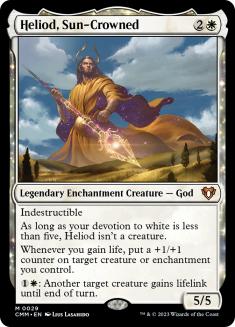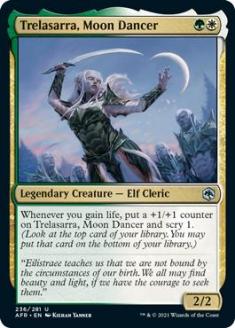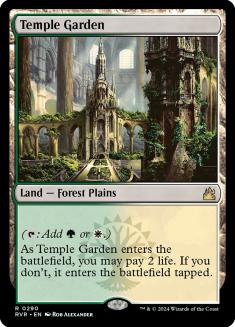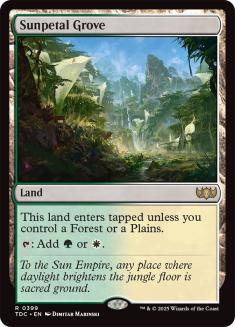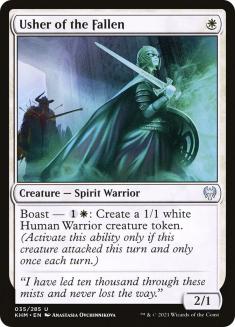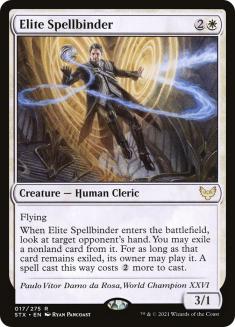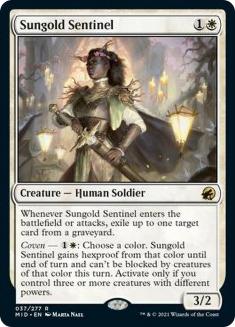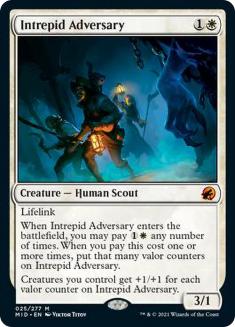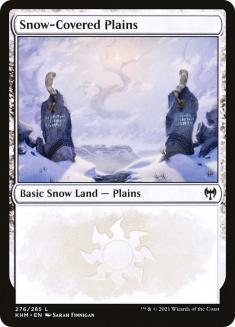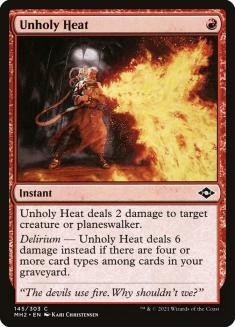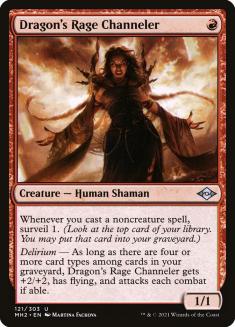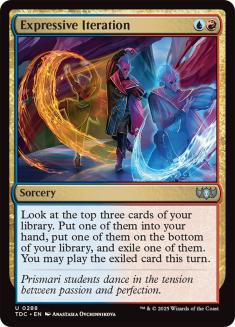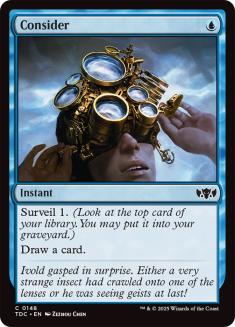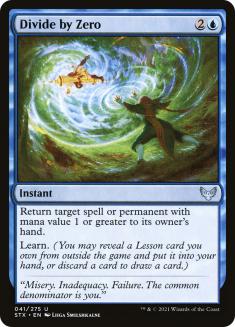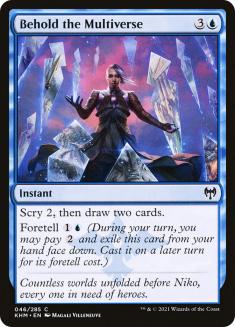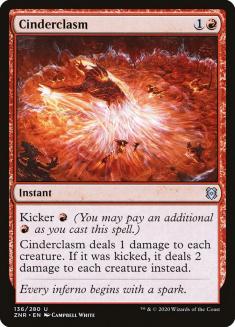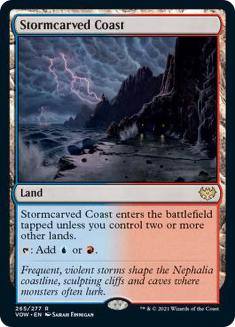The mulligan rule has gone through several changes in the game’s lifetime, mostly with the intent of making it less punishing. The newest iteration, the London Mulligan, debuted at Mythic Championship II and had a major influence in the format, catapulting Mono-Green Tron to first place in popularity.
Since then, players have given a lot of focus to the mulligan process, and deservedly so, as it’s arguably the most important single decision you’ll make in a match. I’ve written a lot of articles on the topic myself, including several “Keep or Mulligan?” quiz-style articles, and you often see the decision to keep or mulligan a hand being scrutinized after the game in circles of friends and teammates.
However, what you do not see very often is discourse on what card or cards should have been sent to the bottom. “I lost because I kept a hand I should have mulliganed” is a common thing to hear; “I lost because I sent the wrong card to the bottom” is not. In fact, the decision on which card to send to the bottom is made almost as an afterthought, and people often don’t even remember what they sent back a turn later, so they never end up discussing it. 99% of the attention is paid to the “keep or mulligan?” decision, and only 1% on what to put back.
I believe this is a mistake. Deciding whether to keep or mulligan a hand is still the most important of the decisions, but deciding which card to send back can be almost as important and game-defining, so it’s not a decision that should be made lightly, and it’s definitely not as trivial as some people would believe.
In fact, I’d say the decision is usually more complicated than keep or mulligan, as keep or mulligan is binary (either you keep or you mulligan), whereas you often have more than two choices on what to send back, and sometimes if you mulligan twice you need to work with different permutations of cards. I’ve seen a lot of mistakes made in this regard during coaching and testing, so in today’s article I’ll talk about what I believe is the right thought process behind sending a card back.
1. Obvious cards go first.
The first thing you look at when you need to put back a card is whether you have an “obvious card.” If you have an obvious card to put back, then it should be, well, obvious, and you should just put that back and be done with it. Examples of obvious cards are extra copies of legendary permanents, excess lands, redundant expensive cards such as a second Blood on the Snow, or cards that are simply not good in the matchup. If you’re facing Mono-White Aggro❄, for example, it’s clear that you should get rid of Negate, whereas if you’re playing versus Izzet Epiphany, then you’re unlikely to want Infernal Grasp.
2. The more you mulligan, the more important raw power becomes.
If you take nothing else with you from this article, take this: the more you mulligan, the more important it becomes to have individually powerful cards as opposed to a curve and synergy pieces. Once you have less material to work with, every card has to pull its weight individually. You should therefore make an effort to ditch cards that rely on other cards to work and to keep cards that don’t, even if they are not traditionally the way you win the game.
Some decks are not trying to win with raw power; they’re trying to win, for example, with speed, and they want to overwhelm the opponent before their better cards can take over. However, when you have fewer cards to work with, it becomes hard to accomplish this, and you’re often better served abandoning that plan.
Imagine, for example, that you’re playing an aggro deck and you mulligan to five. In this spot, you should almost never keep a one-drop in your hand (unless it’s a scaling one-drop and you have the means to scale it), because chances are the rest of your hand is not going to be good enough to win with this game plan. Back when Mono-Red Aggro was the most popular deck, it came up relatively frequently that someone would mulligan to six or five against me and lead with a Turn 1 Fireblade Charger, and this should virtually never happen because you should be sending that card to the bottom as quickly as you can.
At this point, you might be asking, “But PV, if my deck is normally already not well-suited for a grindy battle, how am I going to do that with one or two fewer cards?” The answer is that it’ll be hard, but it’s likely going to be your best shot. Most decks have a couple of cards that can win the game by themselves – cards that are traditionally not great in your opening hand, but that can swing the game if they get online – and you should be looking for those. Here are some examples:
A lot of the time, these cards are not cards you’re happy to have in your opening hand, because they’re expensive and not part of your game-plan early on. However, if you’ve mulliganed, and especially if you’ve mulliganed twice, their value in your opening hand goes up a lot, because they’re a plan unto themselves and they are the cards that can bring you back from an early deficit. Incidentally, the more cards like that you have in your deck, the better your deck will mulligan, which was why decks with Bitterblossom or Oko, Thief of Crowns mulliganed so aggressively. They knew they had cards that could win the game by themselves even if you were low on resources.
As an example, take this Selesnya Heliod VS Jund Food hand that my team was arguing about before the last Championship:
What would you send to the bottom?
The more you’ve mulliganed, the more you should take cards’ importance into account. Imagine the following Mono-White Aggro❄ hand, on the draw versus an unknown opponent:
If you’ve mulliganed once, what do you send back?
This brings me to my next point:
3. The card you send to the bottom on six might be a card you want to keep on five.
When you’re making the “which card to bottom” decision, it’s not simply about bottoming the worst card in your hand – it’s about bottoming the card that leaves the rest of your hand with a coherent plan to win the game. A lot of people look at a hand like this and think, “My worst card is Legion Angel, so what’s my second-worst card?” and bottom these two, but the card you bottom on six does not necessarily have to be the card you bottom on five.
This happens a lot when you have cards that work well together, but that become too expensive to keep as a pair once you mulligan to five. For example, it’s conceivable that, with an Izzet Epiphany list, you’d want to bottom Hullbreaker Horror in a six-card hand while keeping Alrund’s Epiphany and Galvanic Iteration, whereas if you mulligan to five, then you might want to bottom both the Epiphany and the Iteration and keep the Horror.
This is because Epiphany + Galvanic Iteration is a better win condition than Hullbreaker Horror, but Hullbreaker Horror is a stand-alone card that’s more powerful than either Iteration or Epiphany by themselves, so if you’re in a spot where you can’t afford both slots (such as a mulligan to five), it’s better to keep the card that is capable of winning the game without any help. So, remember, the more you mulligan, the more important a card that is singularly powerful becomes.
4. You must envision how the game will look.
The best way to figure out what to send back is to envision how the game will play out, at least in the early turns. In our Mono-White example, visualizing how Turns 1-4 will go is crucial to help us make our decision. As an example, take this Izzet Phoenix opening hand in Historic, on the play against an unknown deck:
What would you bottom?
Which, incidentally, brings me to the next point:
5. The more you mulliganed, the more risks you should take.
Normally, I’m a risk-averse person. I want consistency in my life. If you’ve mulliganed a bunch, however, you don’t have that luxury; you need to take risks because you need to spike. This means keeping a card that you might not be able to cast at all in a game, because if you do get to cast it, it will increase your chances of winning more than any other card.
If on six cards you might not keep that double-black card in a hand without a Swamp, on five cards you might have to do that, because the only way you will win is getting lucky anyway, so you might as well plan for that. This applies more to keeping certain hands that you’d otherwise mulligan in the hopes of getting lucky, but it does influence the decision of which card to get rid of sometimes.
What if I don’t know what they’re playing?
At the start of the article, I mentioned you might have an obvious choice, such as Negate against a Mono-White Aggro❄ deck. Sometimes, you know what your opponent is playing; they’ve revealed a Companion, or you’ve seen their deck, or you know them, or you are playing a tournament with open decklists.
Sometimes, however, you don’t know it, and selecting a card to bottom when you don’t know what you’re playing against can be tricky, because you have no idea of what can be important in that particular matchup, and usually the type of card that is best versus one archetype is the worst versus another. As such, this decision might actually be the most important decision you make in a match.
Imagine, for example, you have the following hand on the play with Izzet Epiphany in Standard:
If you’re facing an aggro deck, clearly you want to get rid of the Negate. If you’re facing a control deck, clearly you want to get rid of the Cinderclasm. However, if you make the wrong decision, it’s going to be a disaster – Negate is probably your best card in blue matchups (and Cinderclasm your worst), and Cinderclasm is probably your best card in many of the aggro matchups (and Negate your worst). So, how do you decide?
So, to sum it up:
- The decision on which card(s) to send back is almost as important as the decision to keep or mulligan, and you should spend more time on it than you currently are.
- The lower the number of cards you’re starting with, the more you should ditch synergy and curve-based cards and the more you should prioritize cards that are individually powerful, even if they are not traditionally good in your opening hand.
- Sometimes a card is clearly the worst card in your hand with six or seven cards but becomes your best hope with five cards.
- Certain cards that work as a pair might be good enough on six but unaffordable on five, so at that point you ditch both.
- You should map out how the early turns of the game will go before you make your decision, because a card that appears to be good at first glance might not have a role to play in that particular game, or the opposite may be true.
- The more you mulligan, the more risks you should take with whatever you keep.
- If I don’t know what they are playing, I’ll usually assume aggro for the sake of choosing which card to bottom.
Of course this is just a generic set of guidelines. Each decision must be made individually, but you need to keep in mind that this is a meaningful decision that you should dedicate time to, rather than an afterthought. If you follow these generic principles, they should at least give you a direction the next time you find yourself not knowing what to send to the bottom.

